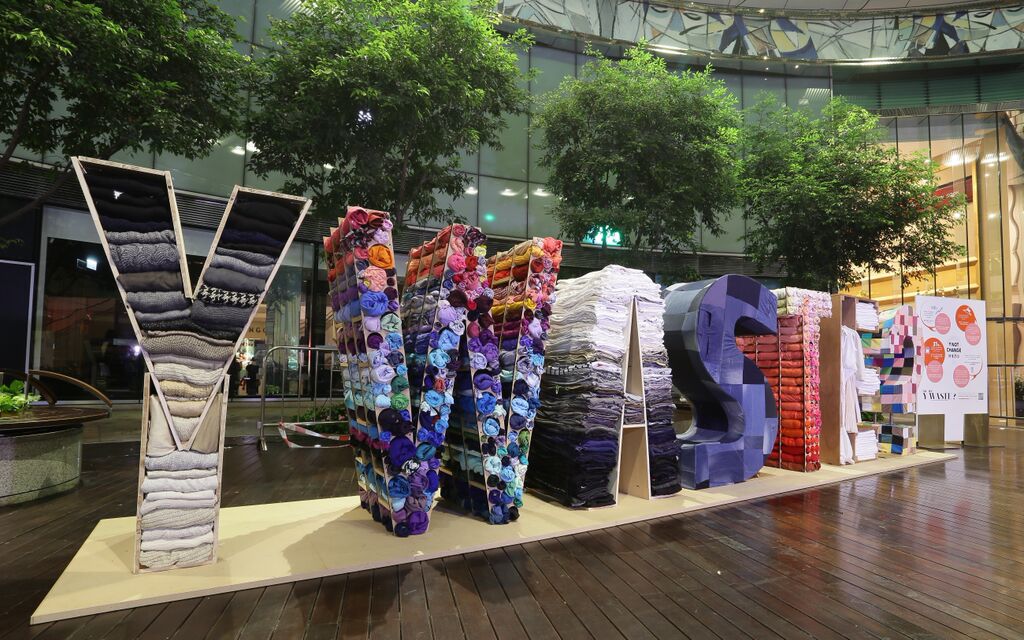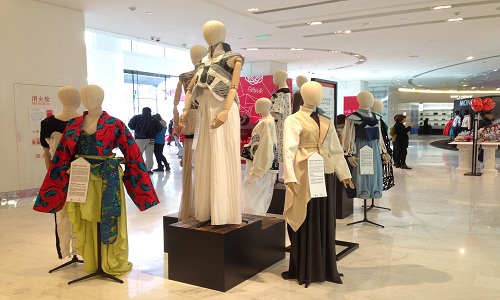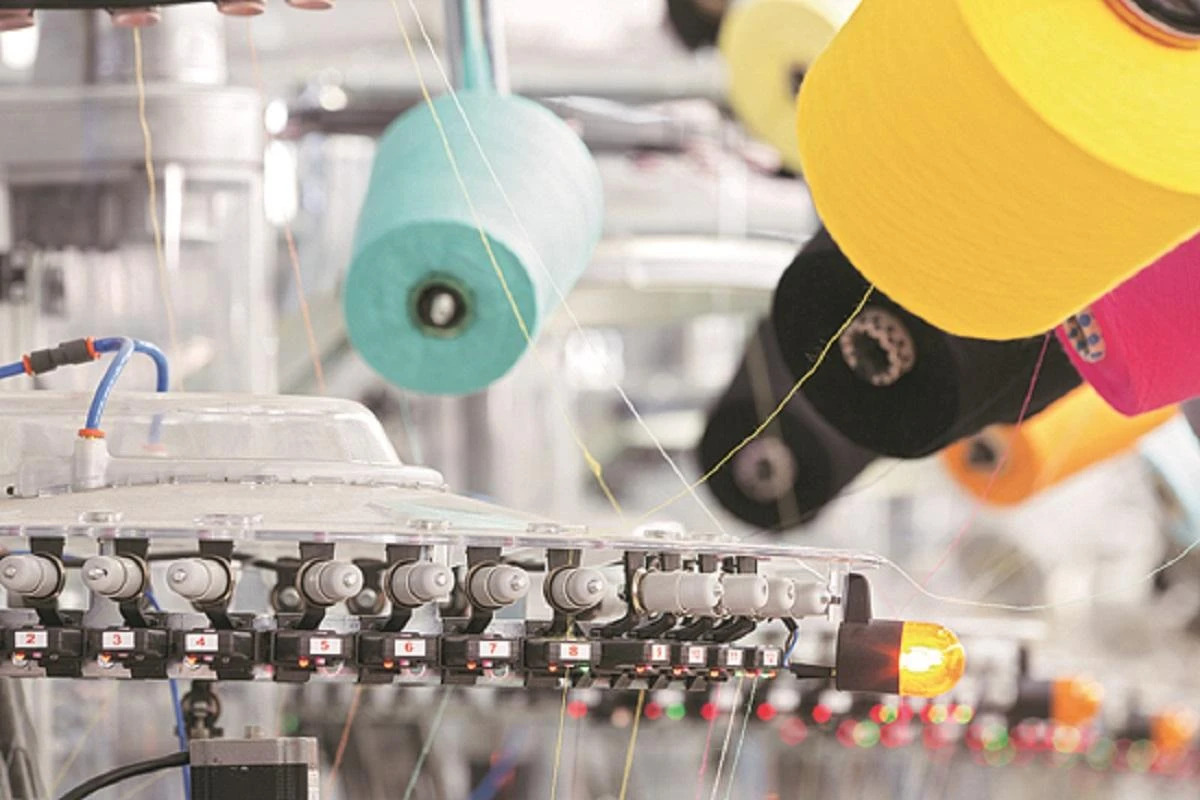"There are different types of wastes generated by the industry that are polluting the environment. First, is production waste. It’s estimated that 15 per cent of textiles intended for clothing ends up on the cutting room floor, so this does not make it into the garment. The better alternative for this type of waste is to up-cycle this waste back into fashion products. Second, is consumer waste. There has been a 60 per cent increase in fashion consumption in the last 10 years, with 150 billion new garments thought to be produced ever year."

Things impacting the fashion industry

Dean points out the fashion industry is the second most polluting industry in the world, and it plays a horrific role in causing environmental pollution and social issues. Unless this issue is taken up seriously, the society is going to face a huge crisis in the future. In China, for instance, 17 to 20 per cent of industrial water pollution comes from textile dyeing and treatment, says The World Bank. In China, 26 million tons of textile waste originating from industry and consumers is thought to be generated every year, according to China Association of Resource Comprehensive Utilisation, 2013. And average of 217 tons of textiles was estimated to enter Hong Kong’s landfills every day in 2011, according to Hong Kong’s Environmental Protection Department.
There are different types of wastes generated by the industry that are polluting the environment. First, is production waste. It’s estimated that 15 per cent of textiles intended for clothing ends up on the cutting room floor, so this does not make it into the garment. The better alternative for this type of waste is to up-cycle this waste back into fashion products. Second, is consumer waste. There has been a 60 per cent increase in fashion consumption in the last 10 years, with 150 billion new garments thought to be produced ever year. The rise in fast fashion has meant that in recent years, designers, manufacturers and retailers have gone into overdrive to satisfy this consumer appetite, so much so that people are buying items of clothing with as much thought as a Big Mac.
Consumers are also throwing a huge amount of clothes away. In Hong Kong, around 12,000 garments enter the landfills every hour. The best way forward, Dean says, is to buy less, buy better and to care more for what we have.
Sustainability a growing theme
However, sustainable fashion is gradually moving into mainstream consciousness, from designers to consumers. Consumers are now waking up to the impact caused by the fashion industry. They are looking to consume more sustainable clothing, be this on the high street, which is now littered with small, sustainable collections, or through supporting local emerging designers or wearing secondhand clothes.
Dean is hopeful that the future of the sustainable fashion industry will be much more focused on waste reduction and recycling. According to her, fashion courses will need to grow their capability to incorporate sustainable design education into curriculum in order to plant a widespread vision for a more sustainable fashion industry among those who, ultimately, are tomorrow’s industry.
Redress.com.hk












